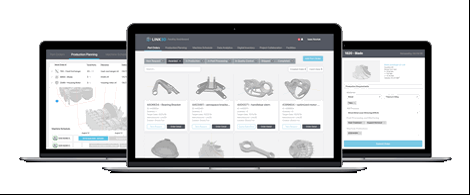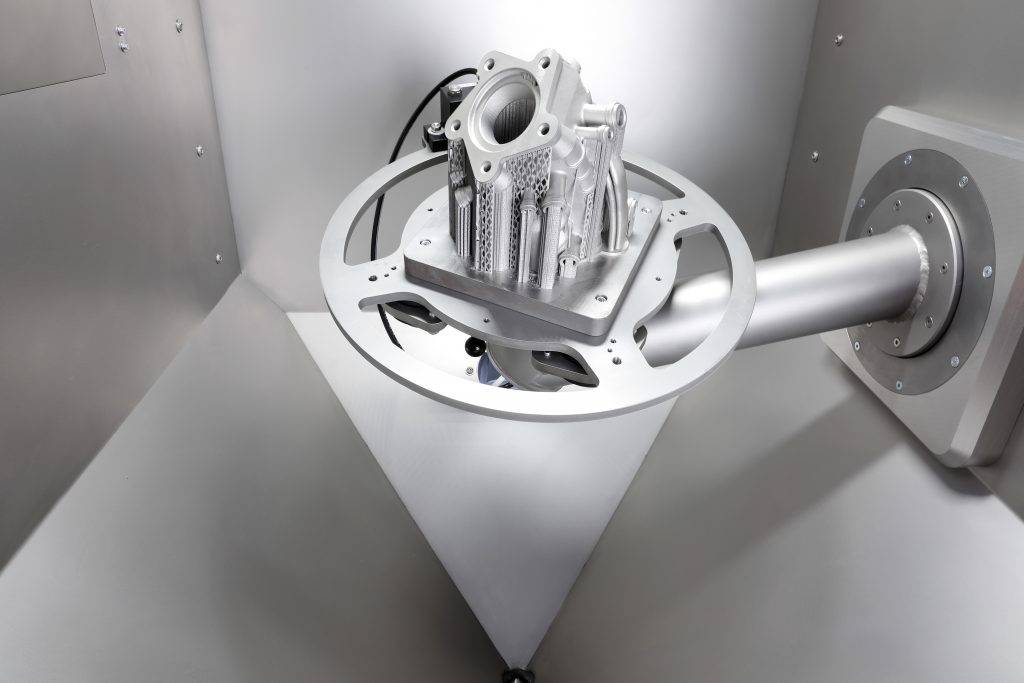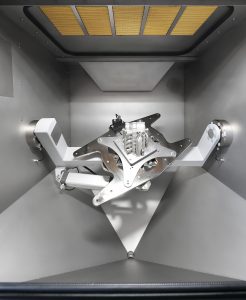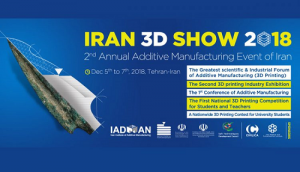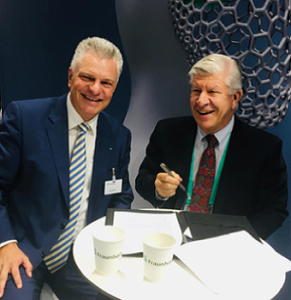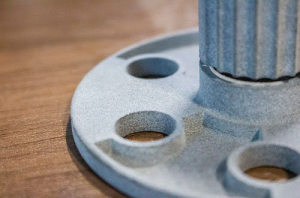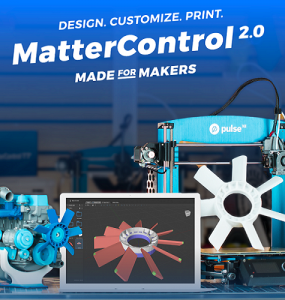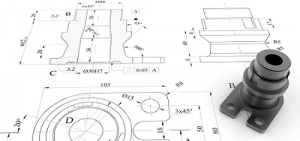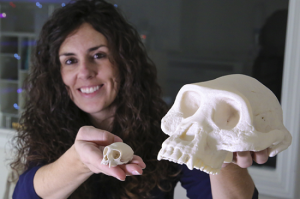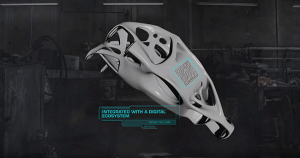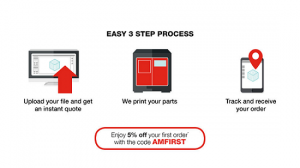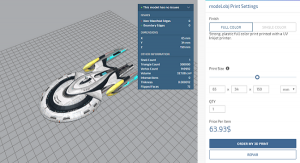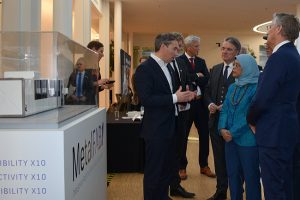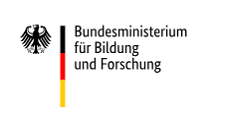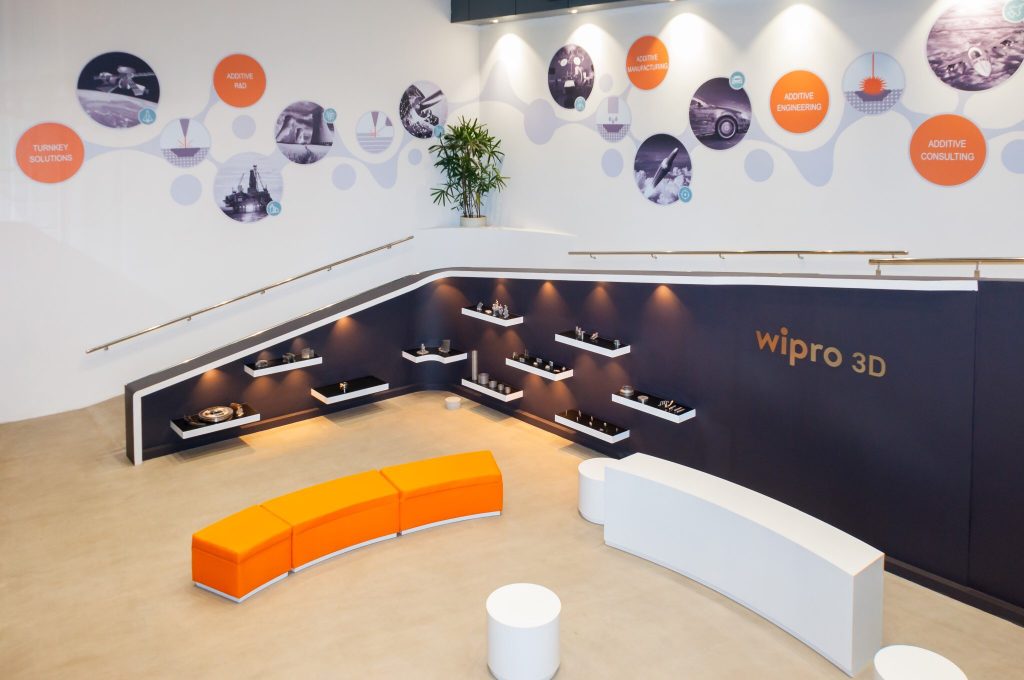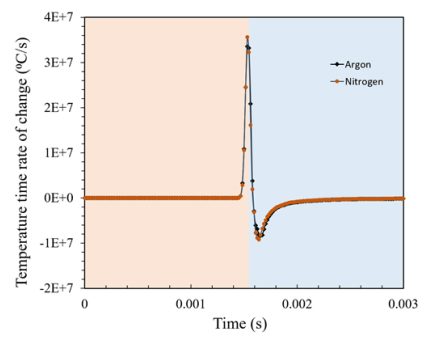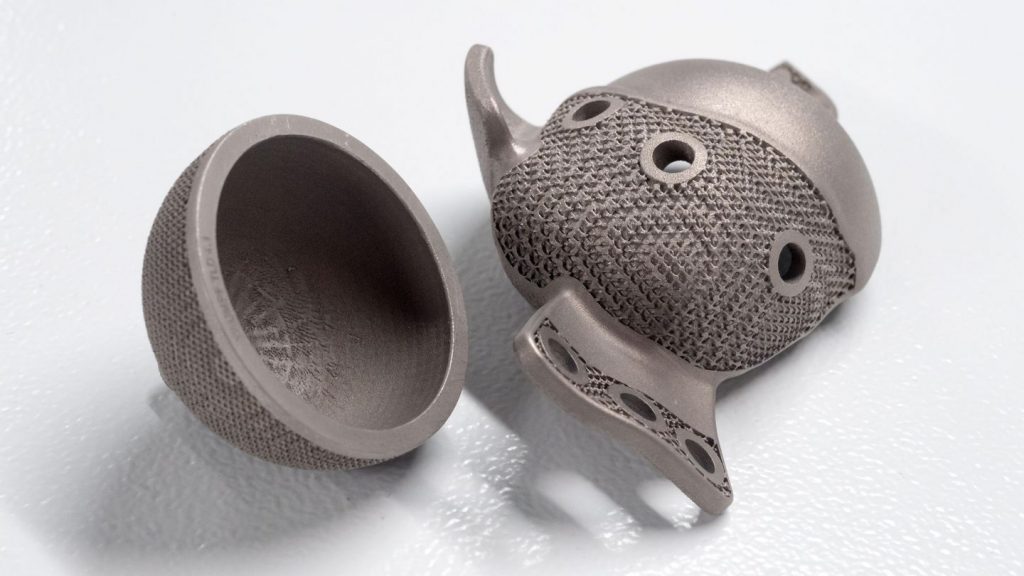Today, New York City-based company Link3D, which uses its additive manufacturing execution workflow software to help customers in the 3D printing industry adopt and scale their strategy for Industry 4.0, announced that it will be joining EOS North America in working on a proof of concept trial. Together, the two will collaborate in an effort to increase the customer experience for clients in the benchmarking phase of production. By internally integrating the Link3D Additive MES solution, EOS North America can offer its clients a better overall AM experience.
“We consistently strive to work with cutting edge organizations. This includes material, software and hardware solutions for the additive manufacturing industry,” said Dr. Greg Hayes, Director of Applications, EOS North America. “Link3D is one of our choices for software solutions.”
EOS North America, which is an independent business of EOS GmbH, is a technology leader for high quality industrial 3D printing solutions for both metal and polymer materials. Because the company frequently performs benchmark studies from its Novi, Michigan and Pflugerville, Texas technical facilities for customers, it’s able to learn more about how to effectively and efficiently manage AM workflow processes in a “distributed manufacturing model.”
“Link3D is humbled to have its Additive MES solution selected by EOS North America to power its metal benchmarking facilities,” said Shane M. Fox, the CEO of Link3D. “We are excited to help increase EOS North America’s operational efficiencies and have our technology integrated into their ecosystem to enable their customer experience.”
Link3D has had a busy few months – in September alone, the company introduced a new Production Planning System for AM workflows and also announced a partnership with the ACAM Aachen Center for Additive Manufacturing in order increase the adoption of 3D printing across Europe. Now, in light of this new collaboration with EOS North America, it doesn’t seem that the company plans to slow down anytime soon.
Link3D is one of the top AMES & Additive Workflow software solutions for streamlining internal and external AM production for OEMs, and has a variety of levels of automation, configuration, and simulation to introduce the many benefits of 3D printing to its customers, which helps in centralizing the digital manufacturing ecosystem. Its Additive MES solution allows Link3D customers to visualize the entire AM workflow, starting with part design and order submission all the way to part inventory, data analytics, and delivery.
Those who use Link3D’s AM workflow software will be able to see how easy it is for people who submit orders for 3D printed parts to directly communicate with application engineers and technicians in order to finalize things like costs and quotes, production requirements, planning, and scheduling, post-processing and quality inspection, and delivery. In addition, customers who purchase the Link3D MES system can rest easy knowing that EOS North America has time tested its Build Simulation software for quoting and costing
Link3D MES digitally connects two sites, which helps improve customer experience and end-to-end transparency and lowers turnaround times. This fits right in with EOS North America’s “holistic solution” for 3D printing, and will help its customers truly understand the potential 3D printing has for production.
Discuss this story and other 3D printing topics at 3DPrintBoard.com or share your thoughts in the Facebook comments below.

